Mexico’s famous Te-Amo cigar comes from Sihuapan, near Catemaco, Veracruz. The producer — Turrent, Nueva Matacapan Tabacos, S.A. de C.V. — takes its name from the owner, Alberto Turrent, the fifth generation of the cigar manufacturing family. I’m a cigar aficionado myself, and I had the pleasure of talking with Alberto Turrent at length.
During my visit to the rolling plant, Exports Manager Señorita Marilu Zetina told me that Señor Turrent is in the field examining the crops every morning.
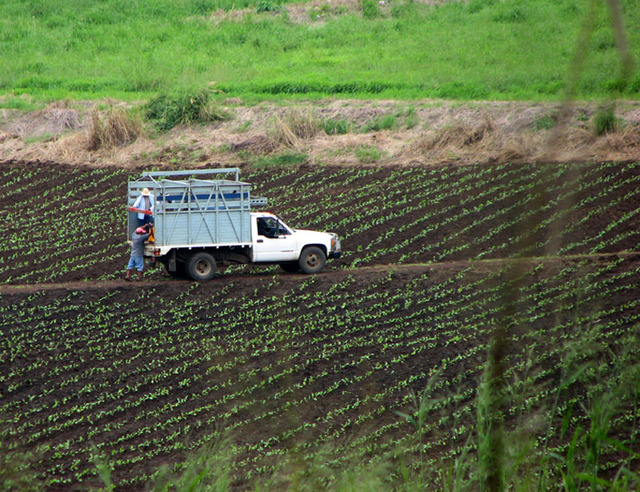
That hands-on expertise and care meant something to me. From my family background, I knew what planting, touching a leaf and harvesting meant to any farmer. I know the threat of bad weather and pests. With other favorable tidbits I’d heard about Mr. Turrent, I guessed he was a man of the soil as much as, if not more, than a business executive. This wasn’t a tycoon sitting behind a desk in a New York, London or Mexico City skyscraper making decisions without knowing what labor and care went into each crop. Historically, this was a family worth knowing about as much as their product.
Cigars: a family legacy
The first Alberto Turrent immigrated to Mexico from Spain. In 1880, he established his line of tobacco and cigars in the San Andreas Valley in the southeastern part of the state of Veracruz. The valley, with dormant volcanoes nearby, provided a rich soil and perfect climate for quality tobacco.
I sat with Alberto Turrent, IV, the President of Tabacalera Alberto or Turrent, Nueva Matacapan Tabacos, SA de CV. I’d toured his factory twice, spoken with the Exports Manager and poked around, taking photos of his drying sheds and fields. I’d developed a general respect for the man. Still, I wasn’t prepared for the hospitable, gentle man across the table. Were he American, he’d be one of the finest examples of a Southern gentleman.
I was there to interview this tycoon, if not the father, of modern Mexican tobacco and discovered we had other things in common. At sixty-five, Señor Turrent was only a few years older than me. I’d motorcycled through his home area, Sihuapan and the Tuxtlas region in 1971. I knew the old Mexico — the time of burros — that even the majority of the youthful Mexican population, with its burgeoning economy, no longer remembers.
Los Tuxtlas
I didn’t interview Mr. Turrent; instead we held a conversation that revealed a glimpse of the man. Visualize the Mexico this man grew up in and the times in which he expanded Tabacalera Alberto. In 1971, the narrow roads meandered and were in miserable shape. The government ignored the Los Tuxtlas region as it is still ignored by today’s tourists. The first train tracks to the area arrived in 1910 and didn’t reach Merida, Yucatan, until 1955, a few years before the highway.
The Los Tuxtlas were cut off. The Mexico of that era had few cars, exceedingly poor telephone communication and little of what we term sound infrastructure. Refrigeration was virtually unknown, and only a lucky few lived near ice plants. Many people were subsistence farmers.
Knowing the conditions of 1971 Mexico, I can only imagine the obstacles the first three Albertos faced in building their business for IV to expand.
Like most of us, Alberto IV knew little about his grandfather or great-grandfather. The first Alberto may have run the company twenty years. Both Alberto and Alberto II were deceased before he was born, and his direct memory is of his father, Alberto III.
The first two Albertos shipped their tobacco by mule train to a river where it was loaded on boats and floated to Veracruz for international transport until 1910, when the first train tracks reached the area.
Tobacco
I didn’t dwell on the subject of unknown grandfathers and moved onto farming. Mr. Turrent produces two crops per year. Generally, June to September is one crop, and September to February the other. He has nearly forty barns or what we’d call drying sheds. I’d been curious about these large structures that blend so well into the mountainous terrain they’re hard to spot. The lower halves are covered with corrugated tin, but it appeared some type of dried cane or vines covered the upper half. Once Mr. Turrent said “dried corn stalks,” it cleared up the mystery. He currently has about 600 hectares (roughly 1,500 acres) under cultivation.
We were totally relaxed, our conversation ambling off topic and returning to tobacco. Alberto, in a white short-sleeved shirt eased back to reflect a moment. “You know, I have an old poster on turn-of-the-century tobacco.”
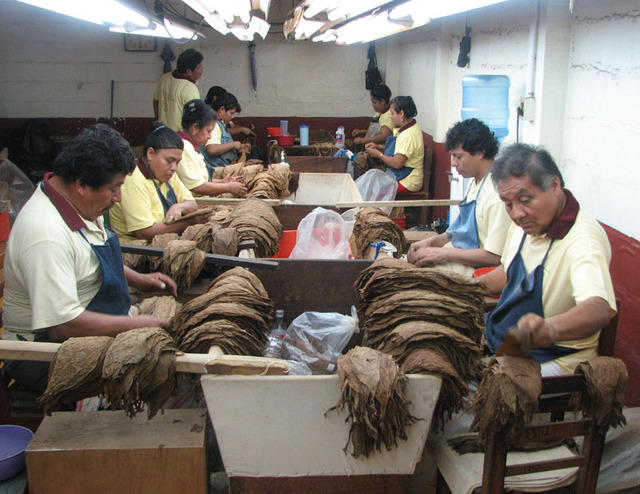
We stepped out of his office. On the left was a wonderful poster from 1906. The two-foot by three-foot advertisement with small pictures and ads on its face carried us back in time and revealed a thriving turn-of-the-century tobacco industry. Several of the second generation Turrent brothers had their own companies. We returned to the office to view two of the few personal pictures in the room.
Alberto drew my attention to a pair of black and white photographs. “This one is my grandfather by a tobacco field about 1910. The other is of my father by the tobacco field in 1931. I’ve studied the photographs for years. There are obvious differences in the growth of the plants in each picture.”
I looked closely at the images. The 1931 plants were definitely smaller. We speculated on causes without any conclusion. Ironically, a later and unrelated part of our discussion may have thrown some light on the differences in growth. But the pictures had put us in the past and I asked if the Mexican Revolution had impacted his grandfather.
He looked surprised at the question. “No, it didn’t impact this area or crops. The bad fighting was to the north and west.”
As we spoke, there were interruptions. Business calls had to be taken and decisions made. Although I felt the intruder, Mr. Turrent apologized after each short interruption and we picked up in mid-stream.
Farmer or businessman?
He took over the company in 1960 in the Mexico I’ve inadequately described, and headed the business as Mexico upgraded and entered what I’ll term the modern or technological world.
In 1960, most Mexican tobacco was shipped to Europe. In 1964, Turrent, Nueva Matacapan Tabacos, SA de CV entered the American market. As a cigar expert, he believes the US is now open to a wider variety of cigars and cigar companies than ever before.
I had a good feel for Mr. Turrent by this time and had to ask. “Are you a businessman or a man of the soil?”
He flashed the second biggest smile I was to get from his friendly countenance. Knowing exactly what I was asking, he said, “I’m both.”
Farmer or Businessman?
We diddled a bit on the thought. He brought out a couple of cigars to enjoy during our conversation and then became serious. I love the farms. I started with the soil as a youth, but they’re completely different, the farm and the factory or business.
I asked, “When did you begin farming with tractors?”
“1965 or ’66. Do you know what we plowed with before that?”
I’d have guessed mules, but said, “No sir.”
“Bulls. We farmed with bulls.”
The reminiscence put us in the past a few moments but, returning to the present, I caught his largest smile. We got on the new brand A.Turrent 6th Generation, in honor of his year-old-grandson.
Everything stopped and Mr. Turrent lifted the third of his four personal pictures off the shelf, the fourth being a portrait his father. His grandson, a handsome little boy, smiled back. I couldn’t blame Mr. Turrent, the proud grandfather, for bringing the picture to the table. He made me the gift of one of the A.Turrent 6th Generation cigars scheduled for international release in 2008. I almost hated to smoke it, but it smelled too delicious to resist.
After a few moments discussing grandchildren, we drifted back on track. I asked what their production was.
“We produce between five and six million cigars a year,” he said. “But it’ll take seven million as we open markets in India and China.”
We examined his wall map. Colored pins designated the numerous countries purchasing tobacco and cigars. Only the continents of Australia and Antarctica lacked a pin.
Alberto looked youthful and fit for his 65 years. I asked if he’d thought of retiring.
The question produced another of his great smiles. “I couldn’t stop working with tobacco. If I retired, I’d probably go work for one of my daughters. They run tobacco shops in Monterrey. I’d spend my days telling customers about cigars.”
He indeed was Mr. Tobacco of Mexico. Recalling the rich looking soil I asked about the use of fertilizer.
Tobacco is like wine
“They used to not use it. The earth is naturally rich from the volcanic ash and the tropical rain forest vegetation constantly rotting and replenishing the soil, but it is needed. We started importing and learning about fertilizer from Germany between 1910 and 20.”
He paused a moment. “I don’t know this but it’s what I think. There were many tobacco farms in our area. We have the same conditions as Cuba, the Dominican Republic, Honduras and Nicaragua, but I think World War II finished most of the Mexican tobacco growers. Almost all the tobacco had been shipped to Europe before 1940, but the war ended that export business. Most cigar factories folded and the tobacco farmers turned to bananas for export to the United States. Only five or six families survived in tobacco production.”
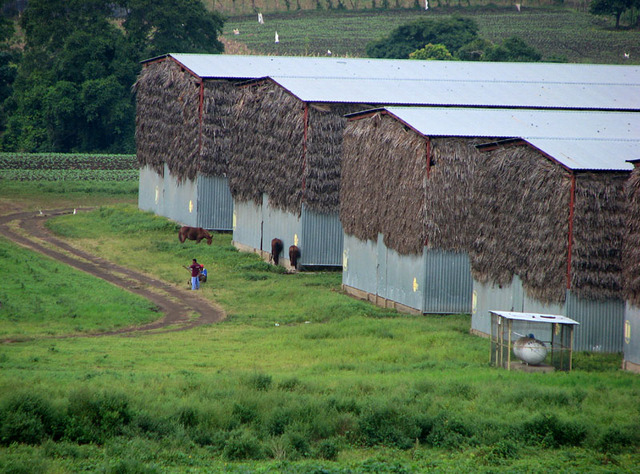
His thoughts made me reflect on the differences in tobacco fields in the 1910 and 1931 pictures. I wondered if the German depression had ended fertilizer exports to Mexico in the years before 1931. I hated to break a good conversation with an interview question, but asked what percent of leaf and cigars are used in Mexico and how much is exported.
Mr. Turrent told me about thirty percent was used internally and seventy percent exported. From there we moved to planned production changes and other endeavors.
“It’s not big, but we’ve entered the Institute of Tobacco with Cuba. They study the genetics of the seed. Our tobacco is grown with basically the same seed Cuba uses. The studies are to find a genetic strain resistant to blue mold. One of their people comes about twice a year.”
Thinking of Cuba, I asked, “What makes Mexican tobacco better?”
Mr. Turrent replied, “No one can really say what cigar tobacco is better. Tobacco is like wine. Every area has its own flavor. Each one possesses unique traits from the local area. You can plant our seeds in Cuba, the Dominican Republic, Honduras and Nicaragua, but it won’t taste like the tobacco we grow. It’s really the taste each individual prefers. Or for example, you can say Madura is a great wrapper, but that’s not taste or preference. I can only say with certainty, our quality is as good as or better than anywhere else in the world, and we take much pride in our product.”
I’d seen that pride in spotless work stations and the dozen workers I’d spoken with who subconsciously displayed their pride. Thankfully for me, something came up about the computer and how wonderful it was. That aside returned our conversation to the old, more primitive days and led to my treat of the day that every cigar aficionado should be lucky enough to enjoy.
Heaven in a humidor
Mr. Turrent said, “We used to do everything by telegraph. The phones were unreliable and the mail was too slow. If we shipped an order we had to telegraph the name of the vessel, the date of departure and that type information to the customer. Then the fax came and now the internet. Before, to buy a humidor, we had to write Mexico City and order through middlemen there. It took three months for one to arrive. With the internet, we discovered humidors were manufactured in New Jersey and now order directly. Instead of three months, we have a new one here in three days. The money’s not tied up for months. There have been wonderful improvements along those lines.
I wondered how big the humidors must be and asked.
He called through the open door. “Marilu, he hasn’t seen the storage room? Come on,” he said.
We walked downstairs and across part of the plant to a fairly secure door. We stepped through. The most wonderfully rich, pungent odor enveloped me and I’m certain — like a cartoon character — my eyes bugged out. The room, about 130 feet long by 20 to 25 feet wide, held approximately three and one-half million cigars of every shape, color and size one could desire. They lay housed in thousands of white, plastic baskets stacked ten feet high. The smell overwhelmed every sense, the temperature and air flow proved unbelievably relaxing and comfortable.
The humidor question evaporated from my mind. There would never be a need to light up in that room. The effect seemed strange, but perhaps others would have reacted the same way. Had there been a cot, and I allowed, Id have stretched out and enjoyed a long nap in that flavorful room.
I’d not brought my camera for my conversation with Mr. Turrent. He was kind enough to let me get it and turned me over to the young man in charge of the room. I tried from every angle and position to capture the entire room but failed. The young man offered to move some stacks so I could photograph the full 130-foot perspective, but I didn’t want to be responsible for mixing up a few hundred thousand cigars if we tipped a stack over, so I declined. Still, the reader will gain some idea of the room in the adjacent pictures.
I only wish words could properly convey the intense bouquet of aromas without telling you to shut yourself up in a closet with a great humidifier and ten or twelve thousand superior, hand-rolled cigars to savor the mood and enjoyment.
I finished the afternoon talking with a few employees. I was set to see some of the fields and basic farming operations in the morning. I’d taken more than enough of Señor Turrent’s time, but he was definitely the type of gentleman I’d like to know better. I left, hoping I’d see him again before leaving Mexico, and wondering if the sixth generation would be as gracious as the fourth.

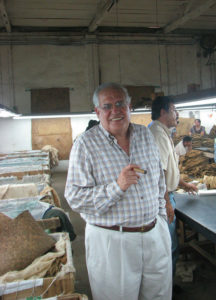
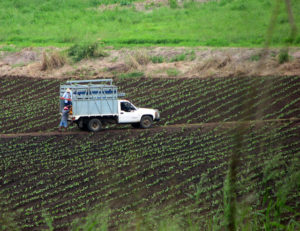
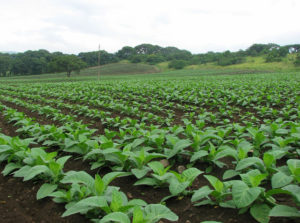
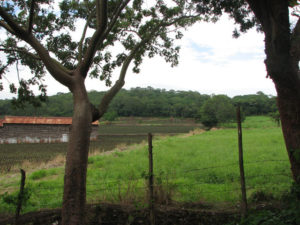
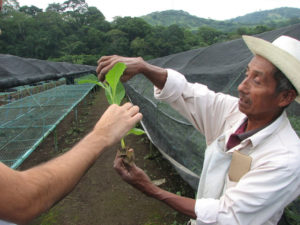
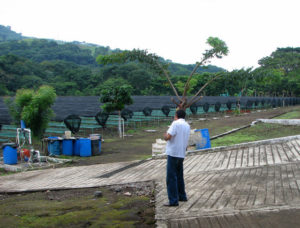
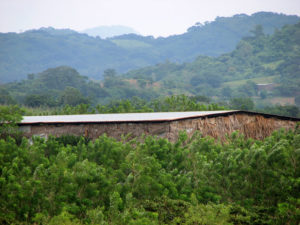
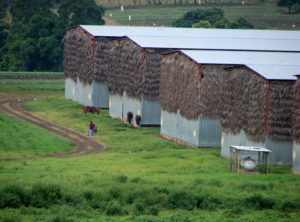
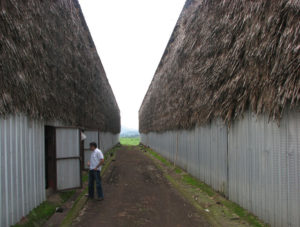
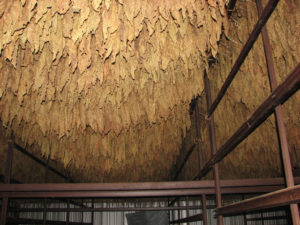
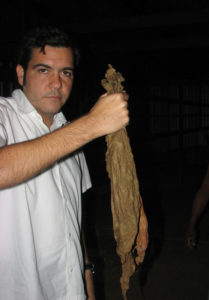
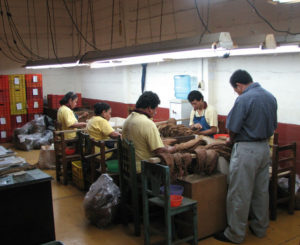
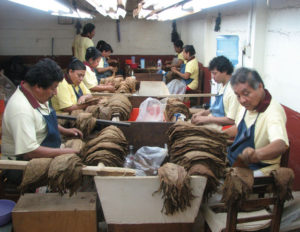
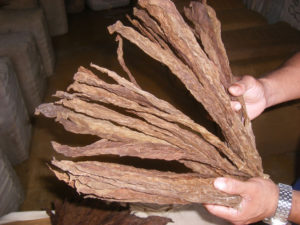
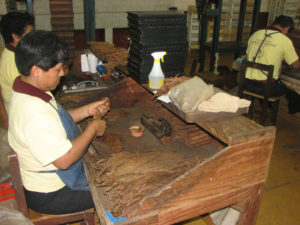
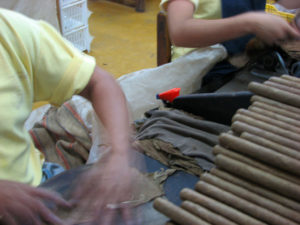
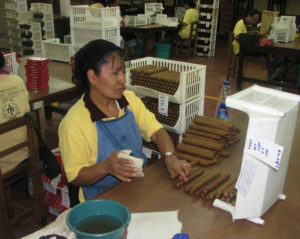
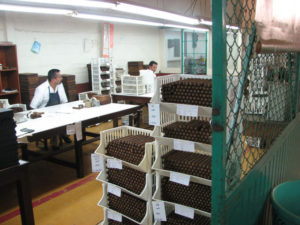
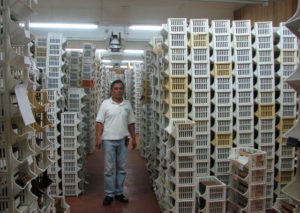
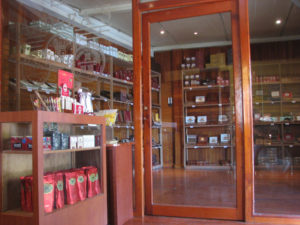
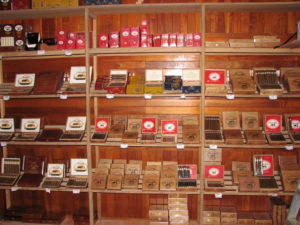
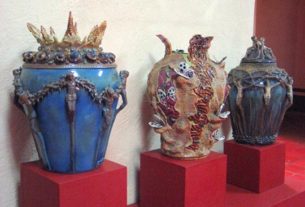
Hello, Mr. Alberto, my name is Jarek, I recently really liked your TE-Amo robusto cigar. Please reply if you send cigars to Poland and if I buy 10 boxes of 15 cigars how much will it cost?